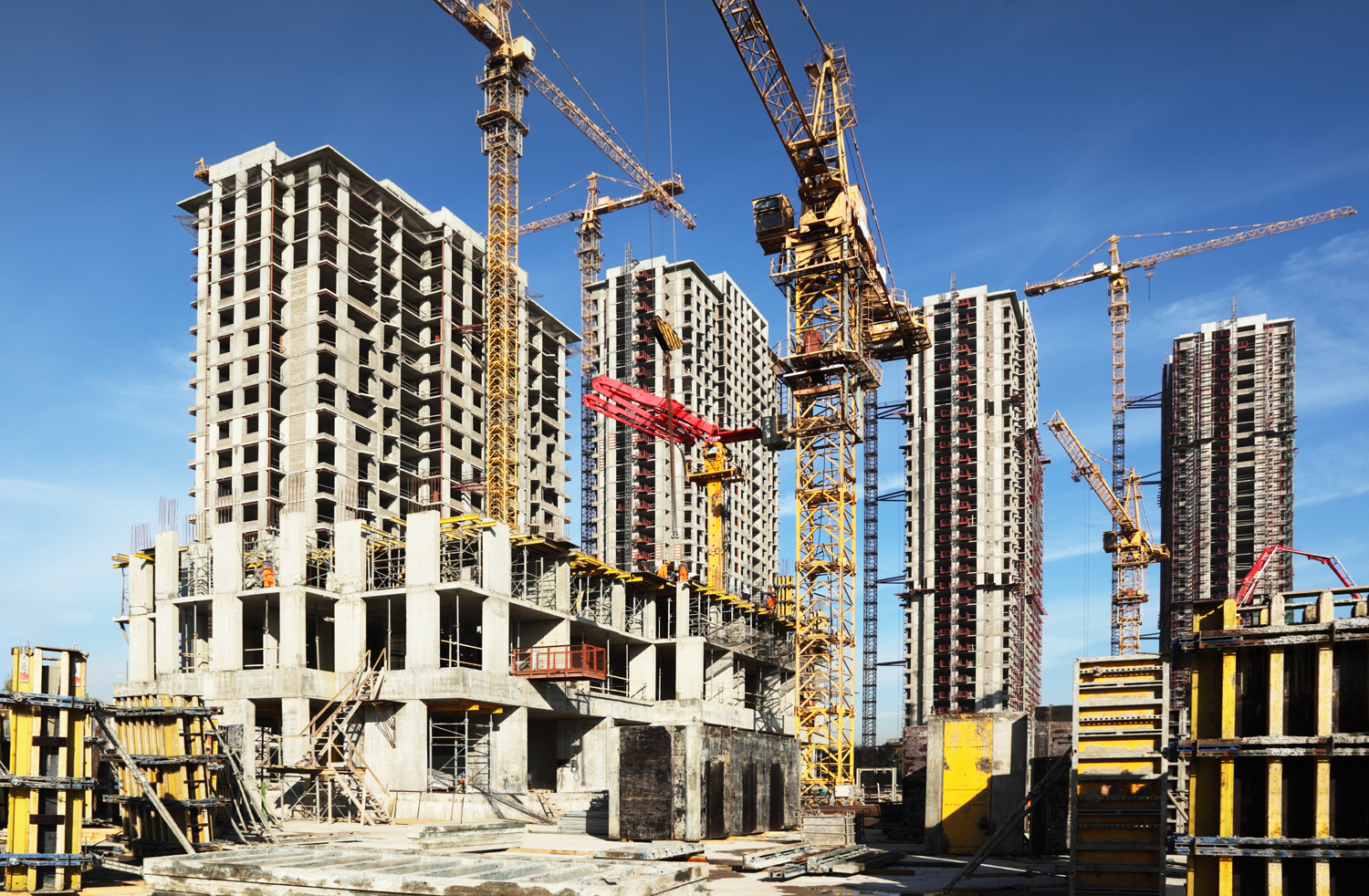The coronavirus pandemic, Brexit and the decarbonisation agenda are radical, game-changing forces that are already reshaping our society, according to Construction Industry Training Board (CITB) research released this month.
In turn, they are changing the way the industries that drive our economy must function if they are to stay fit for purpose.
Here are the Top 10 challenges and opportunities detailed in the report.
10. Invest in short-term courses and review qualifications
Training to adapt the sector to the increased use of AI and automation technologies is both a long- and a short-term project. In the short-term, CITB is investing in a number of pilot projects to deliver digital leadership training.
These include those that support shorter training courses, often using e-learning, to raise senior leaders’ awareness of new technologies and the value they can bring. These courses could also include ‘masterclasses’ to demonstrate the value of individual technologies.
Standards and qualifications will need to reflect a workplace that will increasingly incorporate technological developments.
9. Drive attitudinal change
AI, automation and other transformational technologies should be seen as essential tools in improving the industry, rather than ‘nice to have’ additions.
CITB analysis and forecasting will continue to push for a greater understanding of industry needs and work to identify the opportunities that will guide change. CITB will use this insight to work with other influencers, employers and training providers to maintain the push for modernisation and develop a wider range of competencies for the existing and future workforce to adapt to technological transformation.
It will also continue to engage with industry, in collaboration with others, to communicate the potential for, and benefits of, change and the need to bridge the skills gap.
8. Support supply chain and SMEs
CITB’s research suggests there is a mismatch between the use of technology among larger employers and smaller ones. The industry and CITB should work together to make sure supply chains and smaller contractors adopt common approaches to technology.
The industry’s structure – with a large proportion of micro employers as well as large numbers of self employed workers – sometimes makes adopting new technology and practice difficult. CITB is funding a number of pilot projects aimed at providing digital leadership training. Several of these projects focus specifically on the needs of SMEs and the supply chain.
7. Policy and regulation
Government policy and regulation can support the expansion and development of training to embrace new skills and attitudinal and behavioural competencies. By working with governments on skills policy and by continuing to support the setting of underlying standards, CITB will help ensure that future training is high-quality, transferable and relevant for a digitalised industry.
6. Encourage collaboration
In the implementation of new technologies, data sharing will be crucial to help AI and machine learning drive efficiencies. But to get there the industry needs to work together as one to focus on recognising and achieving the priorities that drive the greatest change with the greatest speed.
CITB is working collaboratively across industry and with influential stakeholders to support initiatives that are driving change. This includes supporting work being led by the Construction Leadership Council, the Centre for a Digital Built Britain, the Construction Innovation Hub and others.
5. Future skills
Whether it is a short-term or long-term process, technologies such as AI and automation are going to change the nature of the construction workforce. The number of jobs currently described as skilled worker roles is likely to decrease within the next 10 years.
In 2017, Mace predicted that there would be a substantial drop off in the requirement for skilled worker roles by 2040, with specialist jobs such as bricklaying and plastering most at risk. In the shorter term demand for skilled work will continue as the need for quality assurance work, for example, remains. But over the medium term, defined as three to five years, there will be an increase in demand for other roles.
These include data analysts, software developers, technology maintenance staff and project managers. This kind of change, even a few years into the future, will mean that training needs to be adapted in the present to prepare the new generation of workers.
4. Long term versus short term
The level of take-up for these potentially transformative technologies tallies with a 2018 report from consultancy McKinsey. It predicted that the near-term adoption of AI and automation in construction would be limited.
The areas most likely to see increased take up were identified as: VR and AR used to create and compare planning models Infrared and laser imaging on drones to create detailed maps of sites and builds Sensors to monitor building deterioration and wearable sensors to monitor onsite workers.
Although the report was written pre-COVID-19, it is likely that the pandemic and the need for safer working conditions will accelerate the adoption at least of the first two of these technologies. In the longer term, McKinsey predicts that robotics, assistive technologies and AI will become more commonplace as costs come down and safety issues are addressed.
3. Safety and automation
Safety should always be the primary focus for any contractor – large or small. This was the case before COVID-19 hit, but the pandemic has made it even clearer.
The automation of some processes – whether in the context of modular construction, offsite or MMC – will contribute to a safer environment for our workforce.
There is something of a virtuous circle when it comes to automation in construction. It can lead to a safer working environment and, as a byproduct, a more efficient delivery of projects. An improved safety record will also help attract more people with more diverse skillsets into the industry, again helping to boost productivity.
2. Post-Grenfell safety
It’s clear that the Grenfell Tower Inquiry will result in new safety requirements for tall buildings. This is another area in which increased and better use of AI and data management has the potential to make a huge difference.
Increased use of sensors, for example, could greatly improve the monitoring of structural integrity, while better recording and use of data will help pinpoint issues with components and materials and identify which buildings might be affected.
If Grenfell proves to be a wake-up call for construction, AI is likely to become one of the key tools to help it modernise itself. And with the draft Safety Bill likely to place an increased onus on the maintenance of accurate records, improved data collection and sharing will become even more vital.
1. Decarbonisation
Achieving net zero will challenge the construction industry in a number of ways. These challenges will not only need organisation and invention but will also require the industry to become more efficient.
Office for National Statistics (ONS) data from 2018 cites UK construction as the least productive in the national economy, a full 20 percentage points lower in terms of output per hour than the UK average. Increased digitalisation, better data collection and the use of ML technology can help in two ways: it can help decarbonise the construction process itself but it can also help address the huge maintenance and improvement challenge that the industry faces as the race to retrofit gathers in the lead up to 2050.
AI, particularly where it is used to produce better data-led decision-making, is a proven booster of productivity. On a macro level, this could involve project management systems that use AI to predict how likely projects are to be completed on time.




